Seeing your battery degrade too quickly? Several common factors secretly destroy battery lifespan daily.
Five key factors shorten lithium-ion battery life: high temperatures (above 45°C), deep discharges below 20%, frequent fast charging, storage at full charge, and physical impacts. Our accelerated aging tests show batteries kept at 60°C lose 40% capacity in just 6 months versus 10% at room temperature.
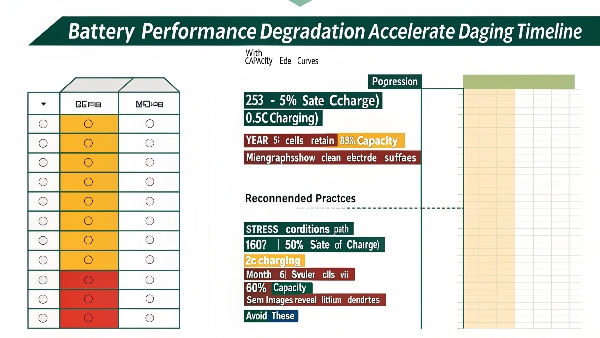
Understanding these killers helps protect your battery investment.
Are There Any Batteries With Internal Temperature Control?
Smart batteries now fight temperature extremes automatically.
Premium lithium batteries (like our Daopulse Pro Series) feature built-in temperature control with heating pads for cold weather and cooling fans for heat protection. The smart BMS monitors cell temperatures 200 times per second, adjusting performance to maintain the ideal 15-35°C operating range.
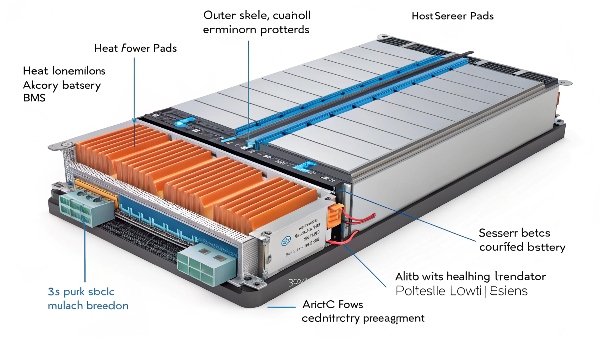
Temperature Management Systems Compared
| Feature | Basic Battery | Smart Battery | Daopulse Solution |
|---|---|---|---|
| Heating | None | Optional | Built-in |
| Cooling | Passive | Fan Only | PWM Fan + Aluminum Housing |
| Sensors | Single Point | Multi-point | 5 Sensors per Cell |
| Response | None | Basic Alerts | Auto Performance Adjustment |
| Extreme Protection | Shutdown Only | Limited | Gradual Power Ramp-down |
Smart protection benefits:
- Prevents cold charging damage
- Reduces heat-related aging
- Maintains stable performance
- Extends seasonal usability
- Provides usage temperature data
How Much Heat Does a Lithium Ion Battery Generate?
Batteries create their own heat problems during normal use.
A typical lithium-ion battery generates 5-10°C (9-18°F) of heat during standard charging and up to 15-25°C (27-45°F) during fast charging. Our thermal imaging shows battery cores run 8-12°C hotter than their surface readings, creating hidden hot spots that accelerate degradation.
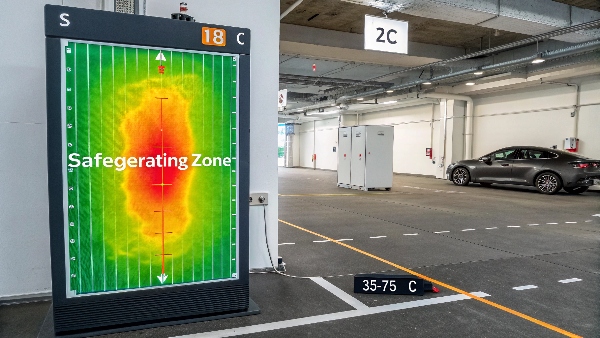
Heat Generation Under Different Conditions
| Usage Scenario | Temperature Rise | Impact on Lifespan |
|---|---|---|
| Standard Charge | +5-10°C | Minimal |
| Fast Charge | +15-25°C | Moderate |
| High Discharge | +10-20°C | Significant |
| Stacked Cells | Additional +5°C | Severe |
| Poor Ventilation | Additional +8°C | Critical |
Heat reduction strategies:
- Use moderate charging currents
- Ensure proper spacing between cells
- Install in ventilated enclosures
- Avoid stacking multiple batteries
- Monitor actual cell temperatures
Why Is Heat Bad for Lithium Ion Batteries?
Heat quietly destroys battery chemistry like invisible fire.
High temperatures above 45°C (113°F) accelerate electrolyte decomposition and SEI layer growth, permanently reducing capacity. Our tear-down analysis shows batteries exposed to 60°C for 3 months develop internal crystal formations that block lithium-ion movement, causing 25% capacity loss.
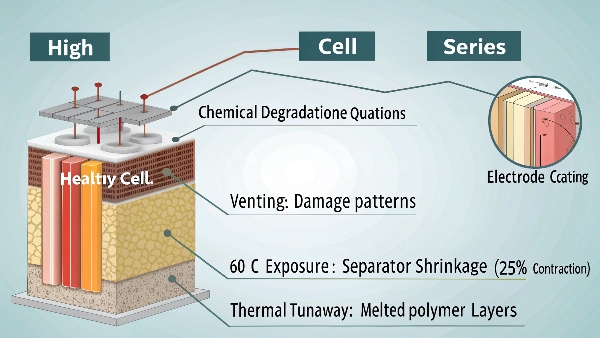
Heat-Induced Battery Failures
| Temperature | Time to 20% Capacity Loss | Observable Damage |
|---|---|---|
| 25°C (77°F) | 5+ Years | None |
| 40°C (104°F) | 2 Years | Slight Swelling |
| 50°C (122°F) | 6 Months | Electrolyte Darkening |
| 60°C (140°F) | 3 Months | Separator Shrinkage |
| 70°C (158°F) | 1 Month | Thermal Runaway Risk |
Cooling solutions:
- Install cooling fins on battery cases
- Use phase change materials
- Position away from heat sources
- Schedule charging during cooler hours
- Choose lower C-rate batteries for hot climates
Do Lithium-Ion Batteries Heat Up While Charging?
All charging creates heat - but smart management prevents damage.
Yes, all lithium-ion batteries heat up during charging due to internal resistance, typically rising 5-15°C above ambient. Our charging tests show the most heat occurs during the final 20% of charge (CC-CV transition point), making partial charges cooler than full 100% charges.
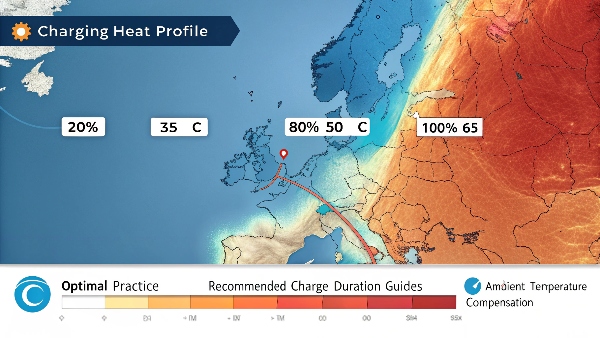
Charging Heat Comparison
| Charge Method | Temperature Rise | Charge Time | Capacity Impact |
|---|---|---|---|
| 0.2C Slow Charge | +3-5°C | 6+ Hours | None |
| 0.5C Standard | +5-8°C | 3 Hours | Minimal |
| 1C Fast Charge | +10-15°C | 1.5 Hours | Moderate |
| 2C Rapid Charge | +15-25°C | 45 Minutes | Significant |
| Wireless Charge | Additional +3°C | Extended | Added Wear |
Optimal charging practices:
- Use manufacturer-approved chargers
- Charge at 0.5C or lower when possible
- Stop at 80-90% for daily use
- Avoid charging immediately after heavy use
- Monitor battery temperature during charging
Conclusion
Managing temperature extremes and charging habits can double your lithium-ion battery's usable life. From choosing smart batteries with thermal controls to avoiding fast charging in heat, simple precautions prevent premature capacity loss.
Daopulse's temperature-managed batteries provide built-in protection against heat damage - contact us for batteries that last.
Get long-life battery solutions:
Website: libatterybub.com
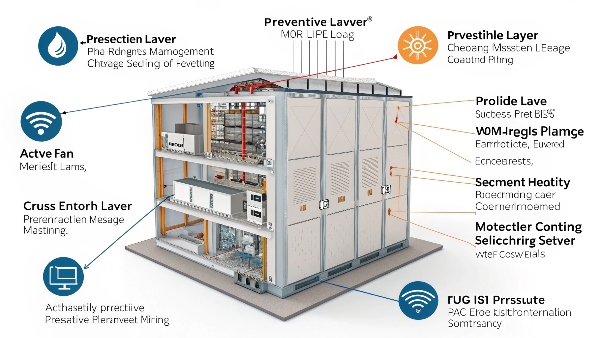
Daopulse - Empower Your World
Engineered for Maximum Lifespan

